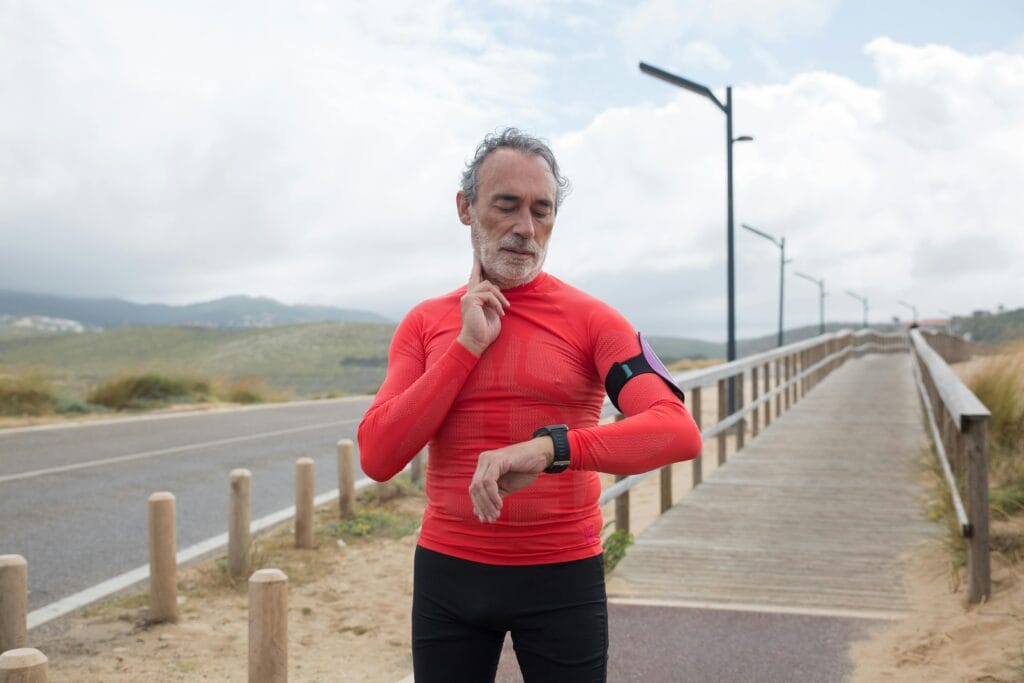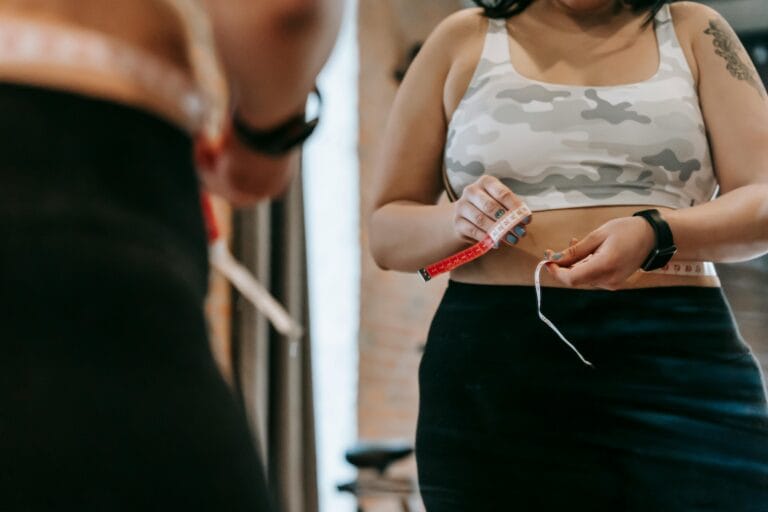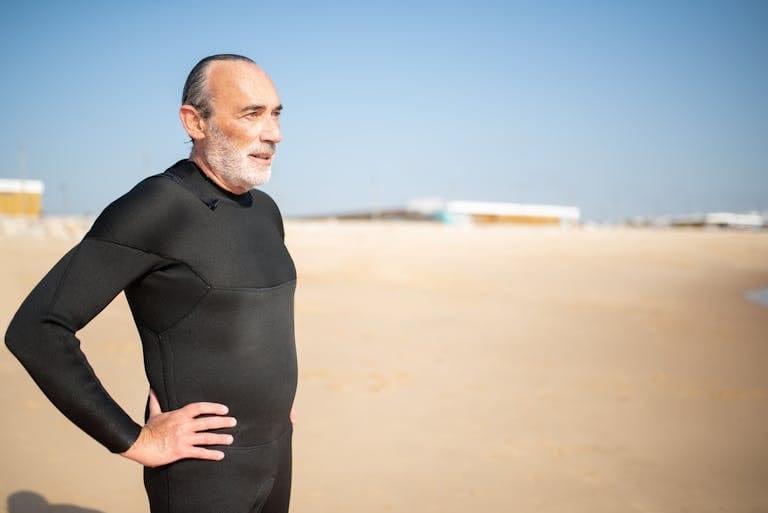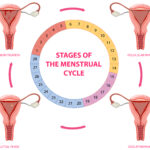FREE SHIPPING OVER $50
Doctors Say Slow Walkers Age Faster—Follow These Exercises to Add Years to Your Life

You take it for granted as a simple, everyday act, but what if your walking speed was a direct reflection of how fast you are aging? The surprising and compelling truth, according to doctors and medical researchers, is that it is. A growing body of scientific evidence has found that a slower gait is not just a sign of getting older; it is a powerful predictor of decline in health, longevity, and overall well-being. It is a wake-up call hiding in plain sight.
However, the good news is that this trend is not irreversible. Your walking speed is a symptom, not the cause, of accelerated aging, and the root causes can be addressed. This article will explain the powerful science behind this phenomenon and, more importantly, give you a proven prescription of exercises that can help you reverse physical decline, increase your pace, and potentially add years to your life.
The Science of Aging: Why Your Walking Speed Matters
For decades, doctors and scientists have studied the relationship between walking speed and mortality. The results are startlingly consistent across numerous studies. Researchers have found that a person’s habitual walking speed can be a more accurate predictor of lifespan than other well-known indicators like body mass index, blood pressure, or even smoking status. A slower pace is often a sign of underlying issues, including:
- Loss of Muscle Mass (Sarcopenia): As we get older, we naturally begin to lose muscle mass, especially in the lower body. This loss of strength directly impacts our ability to generate power for walking.
- Poorer Aerobic Fitness: A slower gait can be an early indicator of a decline in cardiorespiratory endurance. Without the stamina to maintain a brisk pace, our body has to work harder, leading to fatigue and a slower walk.
- Decreased Bone Density: Weaker bones increase the risk of fractures and can lead to instability, causing a person to walk slower as a protective measure.
- Neurological Decline: Research has also shown a link between a slower gait and a higher risk of cognitive decline, as the parts of the brain responsible for walking are also involved in executive function.
In essence, a slow walk is your body’s way of signaling that its internal systems are weakening. But this is not a death sentence; it is a clear call to action. By focusing on the right kind of exercise, you can not only increase your walking speed but also address the underlying issues that are causing you to slow down.
The Longevity Prescription: Exercises to Reverse Physical Decline
To reverse the trend of accelerated aging, you need to do more than just walk more. You need a targeted exercise plan that addresses the specific physical declines associated with a slow gait. These exercises are your prescription for a longer, healthier life.
1. Strength Training (Squats, Lunges, and Glute Bridges)
The foundation of a brisk walk is a strong lower body. These exercises directly combat sarcopenia and build the muscle mass needed for power and stability.
- Squats: The king of lower-body exercises. Start by standing with your feet shoulder-width apart. Lower your hips as if you are sitting in a chair, keeping your chest up and your back straight. Go as low as you can comfortably, then push through your heels to return to a standing position.
- Lunges: Lunges help to build unilateral strength and improve balance. Step forward with one leg and lower your hips until both knees are bent at a 90-degree angle. Push off your front foot to return to the starting position.
- Glute Bridges: Strong glutes are essential for a powerful walking stride. Lie on your back with your knees bent and feet flat on the floor. Lift your hips toward the ceiling, squeezing your glutes at the top.
2. Aerobic Training (Interval Walking/Sprinting)
While any walking is good, a steady-state walk may not be enough to significantly improve your cardiorespiratory fitness. Interval training, which alternates between periods of high and low intensity, is a much more efficient way to build stamina.
- Interval Walking: Start by warming up with a five-minute easy walk. Then, increase your pace to a brisk, fast walk for one minute. Return to your easy pace for two minutes. Repeat this cycle 5-10 times. Over time, you can increase the duration of your fast pace and decrease the duration of your recovery.
3. Balance and Stability Drills (Single-Leg Stance)
As we age, our sense of balance can decline, which often causes a person to slow down to prevent falls. Improving your balance can directly increase your confidence and your walking speed.
- Single-Leg Stance: Stand on one leg with your eyes open. Try to hold this position for 30 seconds. To increase the difficulty, try it with your eyes closed.
- Heel-to-Toe Walk: Walk in a straight line, placing the heel of your front foot directly in front of the toes of your back foot. This forces you to engage your core and small stabilizing muscles to maintain balance.
4. Core Strength (Planks)
A strong core is the bridge between your upper and lower body. A weak core can lead to an inefficient gait, poor posture, and back pain, all of which can slow you down.
- Planks: Lie on the floor, resting on your forearms and toes. Keep your body in a straight line from your head to your heels, and hold for as long as you can. As you get stronger, you can increase the duration of your holds.
5. Flexibility and Mobility (Hip Flexor Stretches)
Tight hip flexors and hamstrings are a major cause of a short, shuffling stride. By improving your flexibility, you can increase your range of motion and stride length, leading to a faster, more powerful walk.
- Hip Flexor Stretch: Kneel on one knee, with the other foot in front of you. Lean forward until you feel a gentle stretch in the front of your back hip. Hold for 30 seconds, then switch sides.
- Hamstring Stretch: Lie on your back with your legs extended. Lift one leg toward the ceiling and gently pull it toward you with your hands until you feel a stretch in the back of your thigh.
Final Thoughts
The science is clear: your walking speed is a powerful indicator of your overall health and a reliable predictor of your longevity. But rather than being a source of fear, this knowledge is a gift. It is a clear and simple way to gauge your progress and to motivate you to take action. By dedicating yourself to a targeted exercise routine that focuses on strength, cardiovascular fitness, and flexibility, you can improve your pace, build a more resilient body, and ultimately add years to your life. The path to a longer, healthier life is quite literally right in front of you. You just need to walk it with intention.
Related Articles
- Doctors Are Stunned: These 15 Mobility Tricks Have Seniors Moving Like They’re 30 Again
- Is Alzheimer’s Actually Type 3 Diabetes? What Doctors and Researchers Are Now Saying
- 10 Exercises That Could Be Dangerous After 60—Most People Still Do #7
- Can’t Sit Cross-Legged? Try These Trainer-Approved Standing Hip Stretches
- Transform Your Body After 50: Top Exercise Habits Revealed
- Defy Age: 13 Surprising Tips Making 60-Year-Olds Stronger Than Millennials







